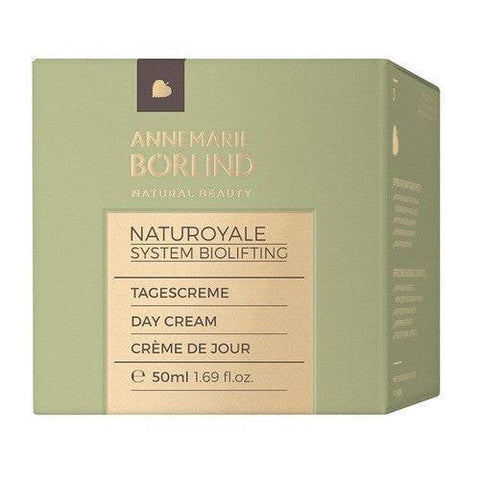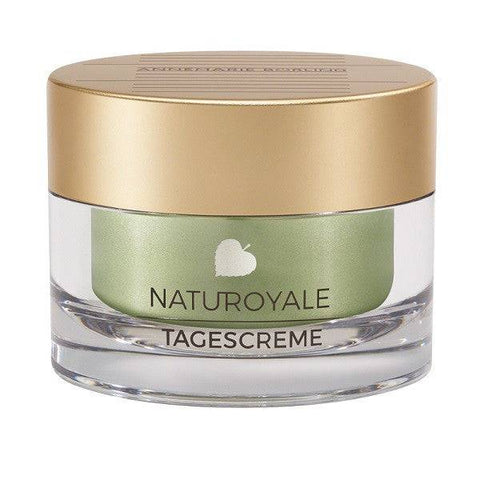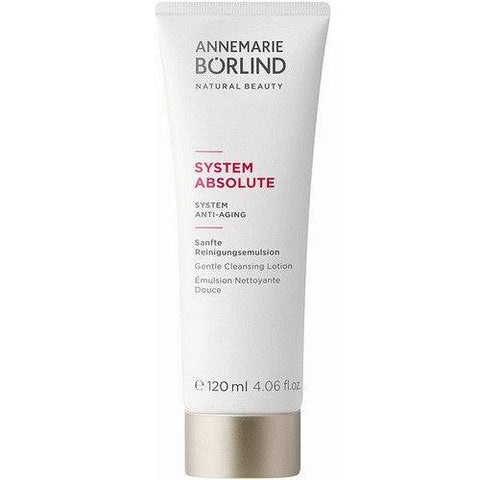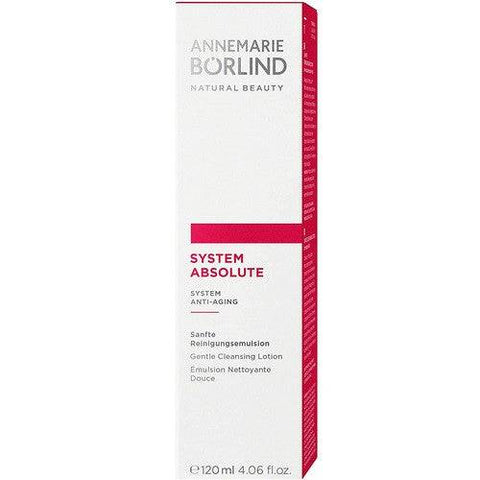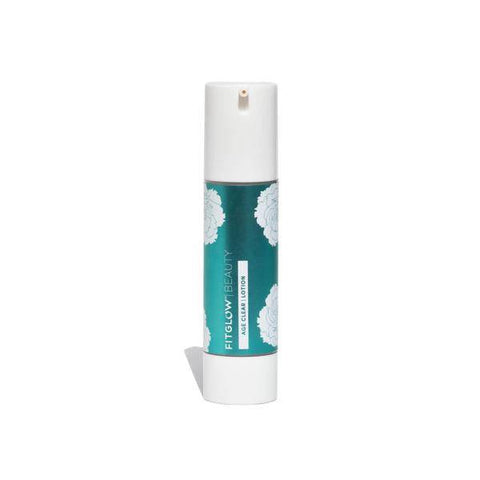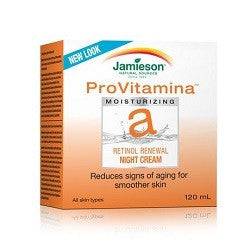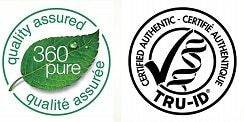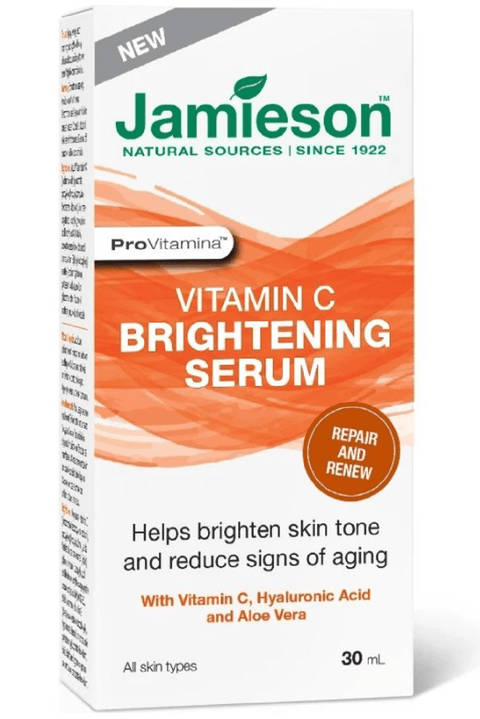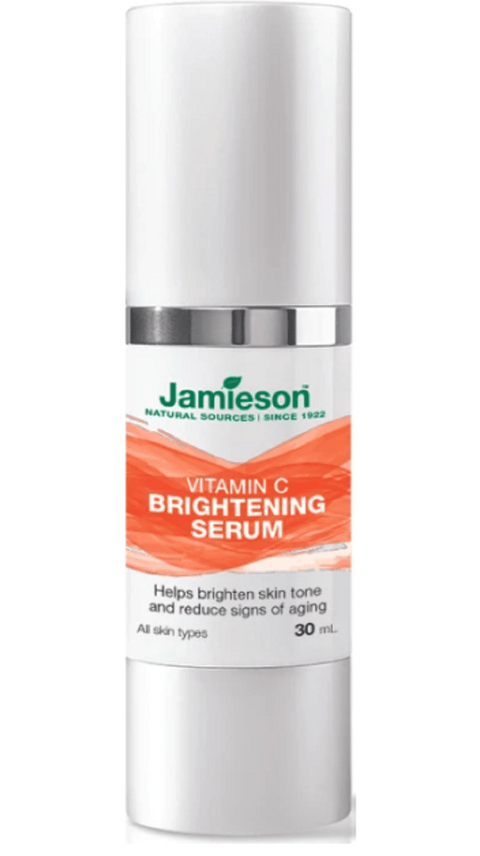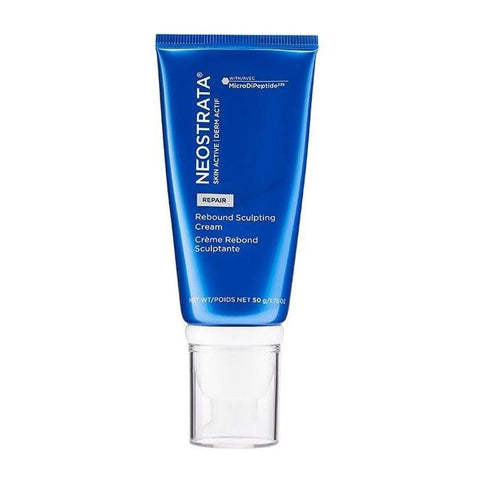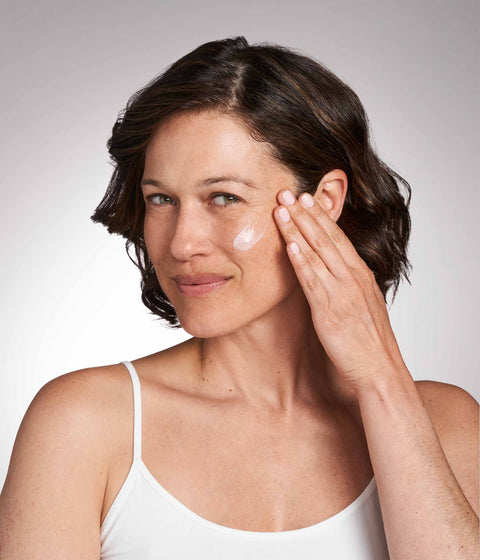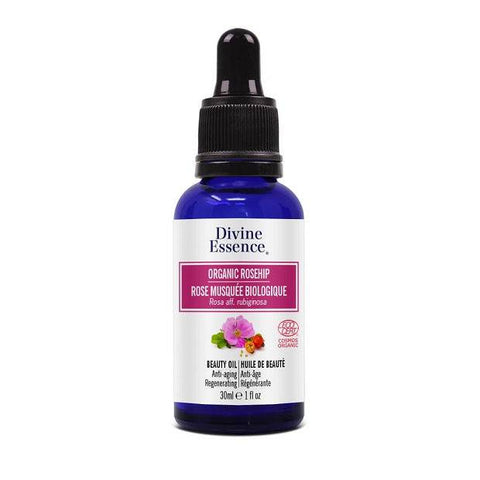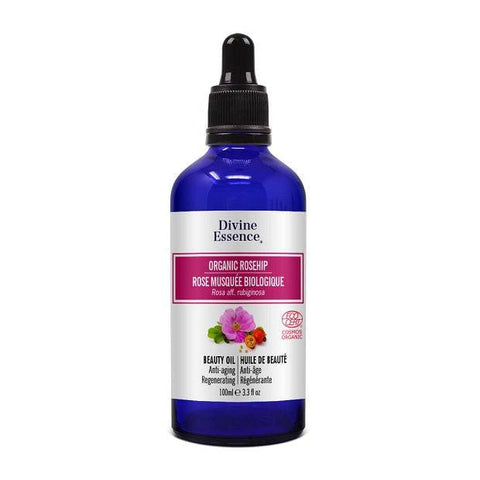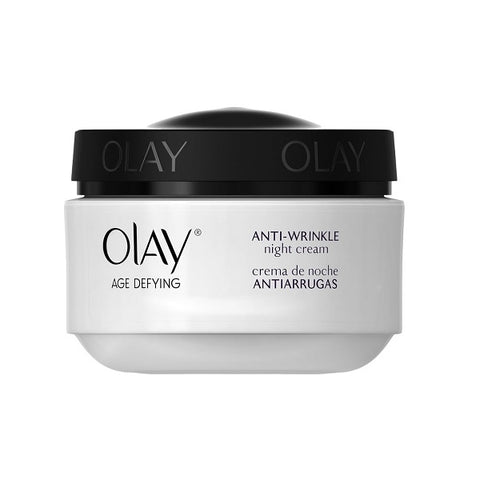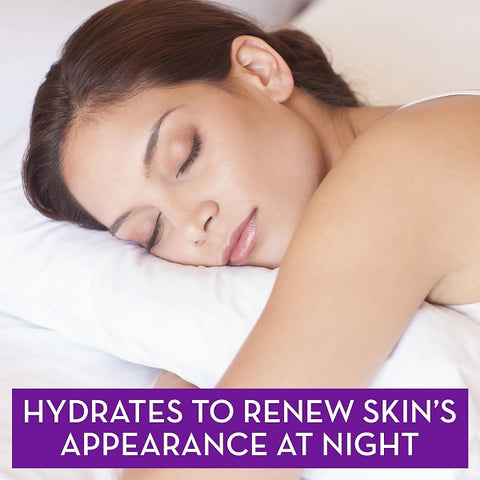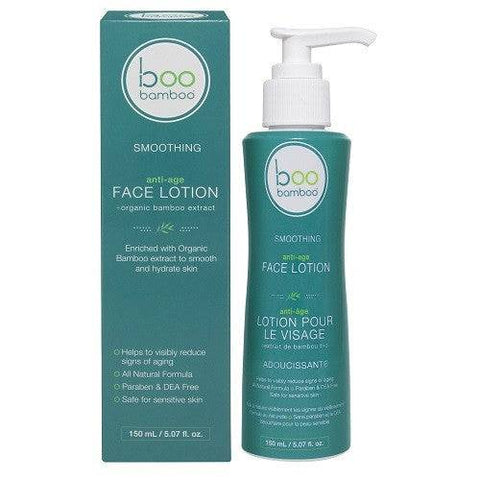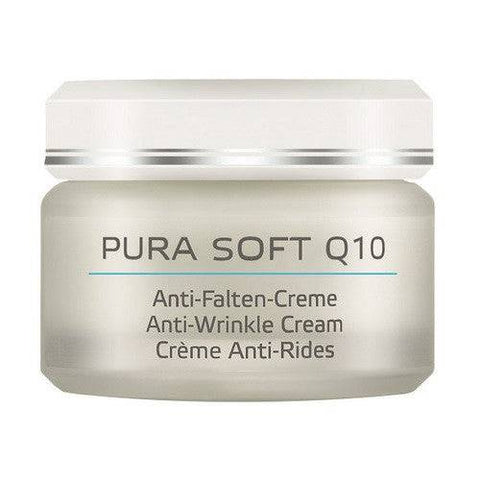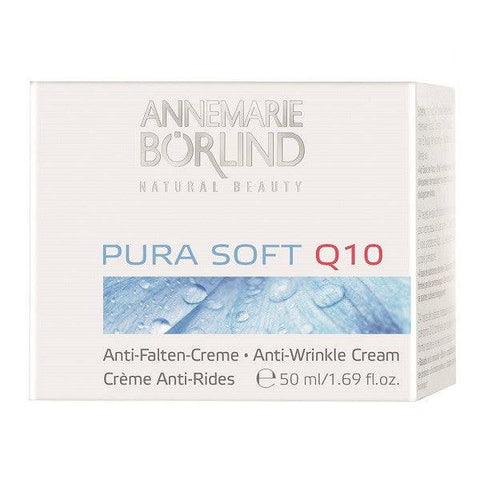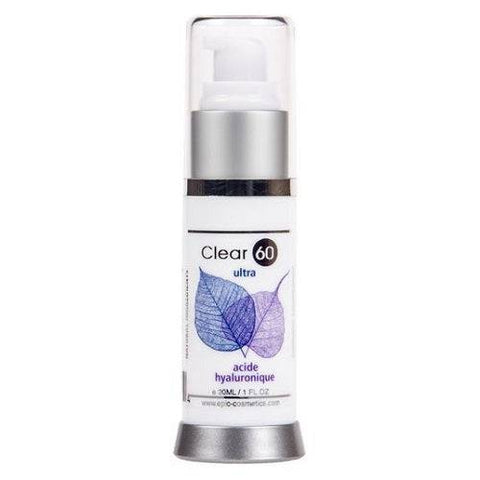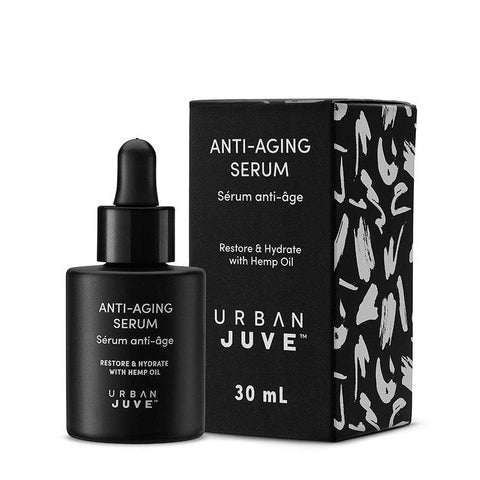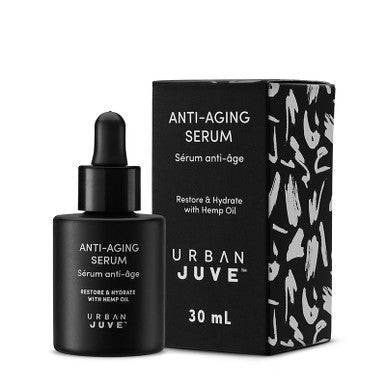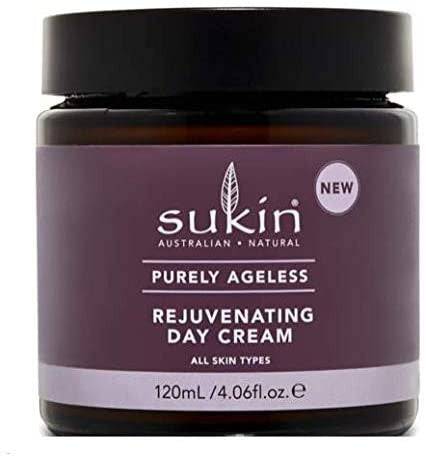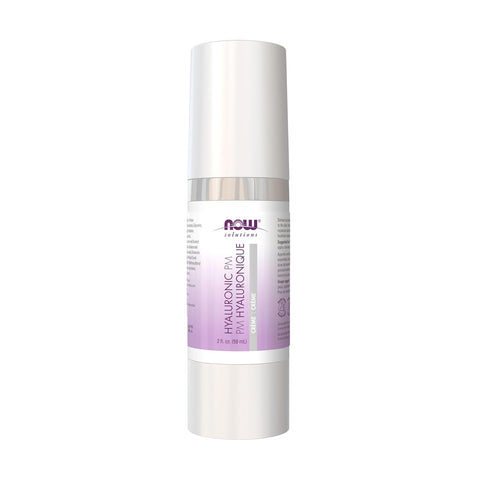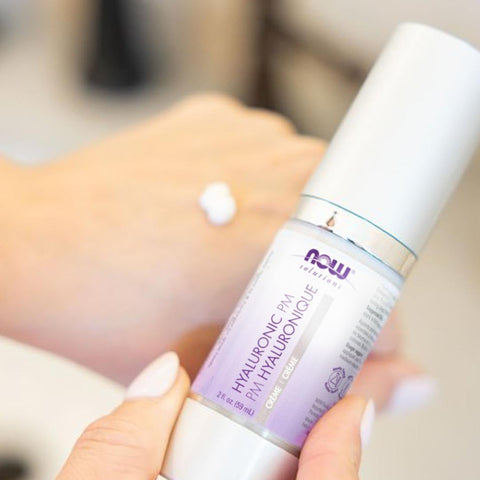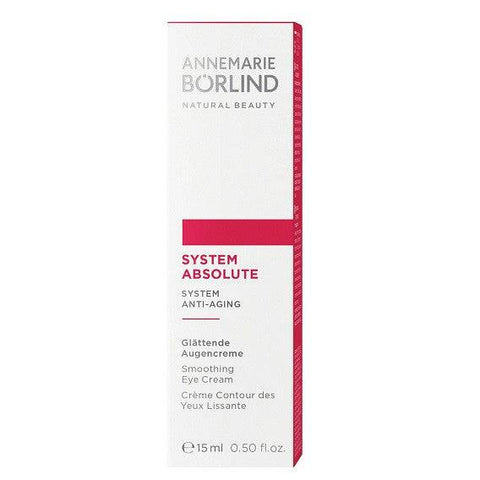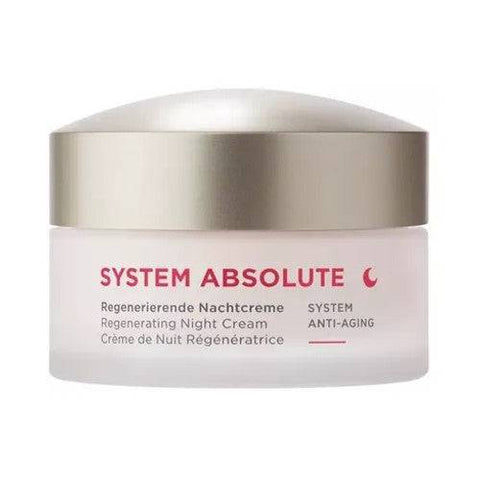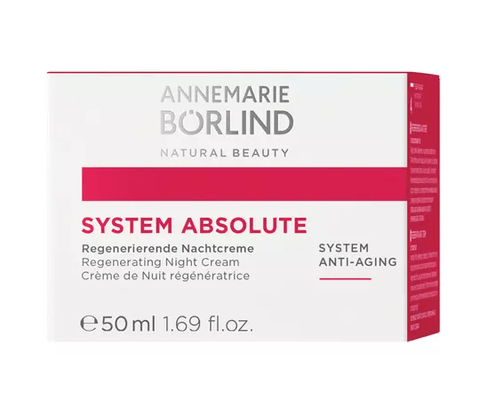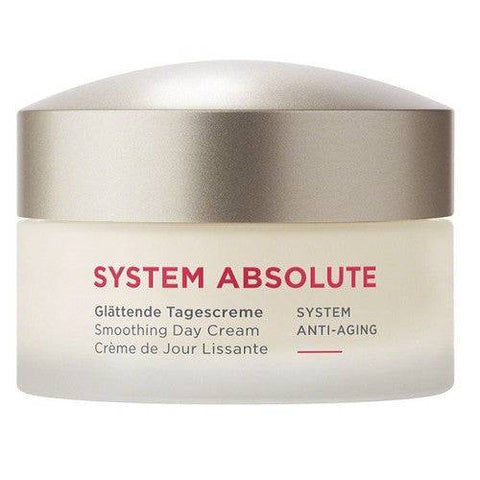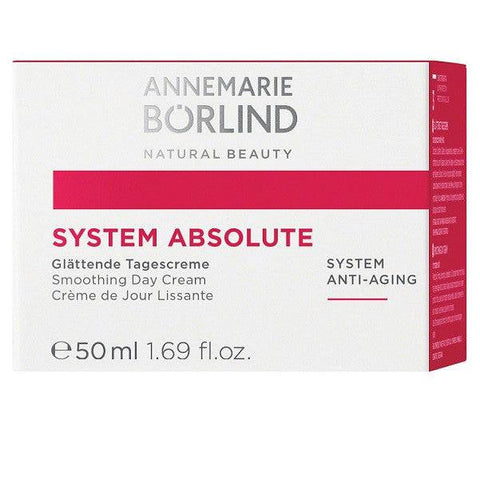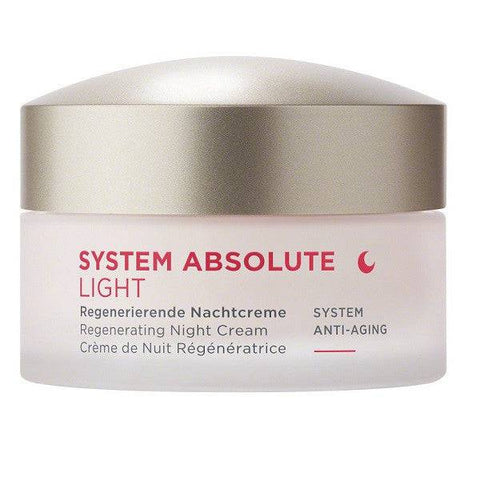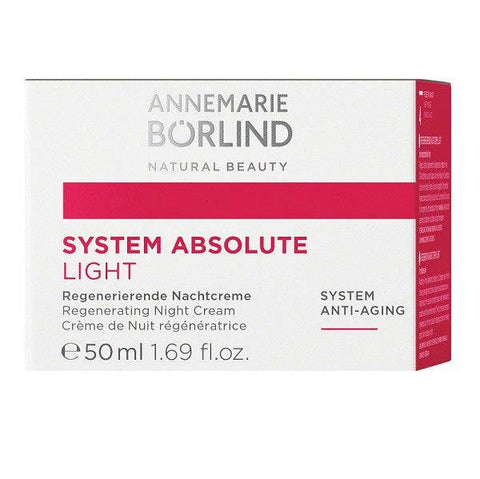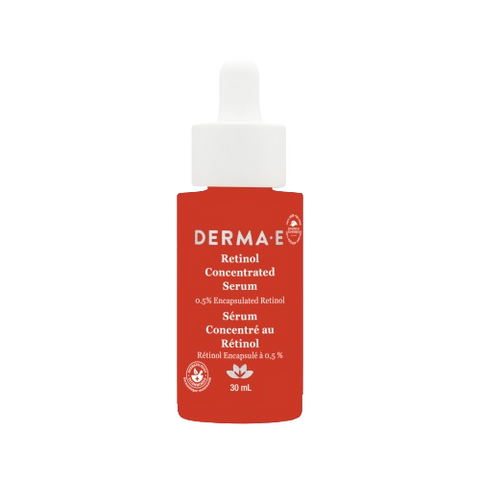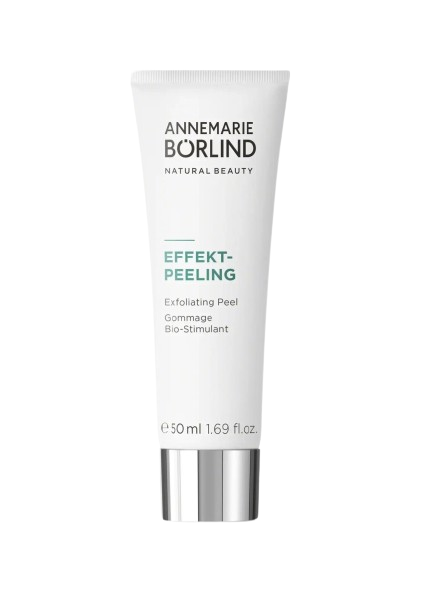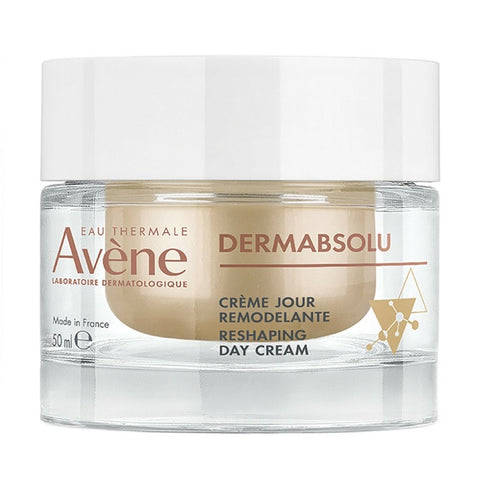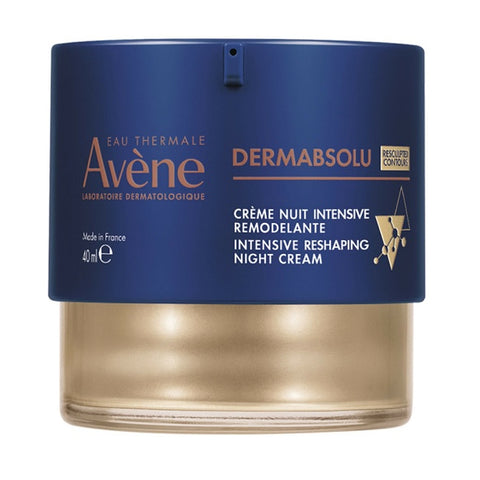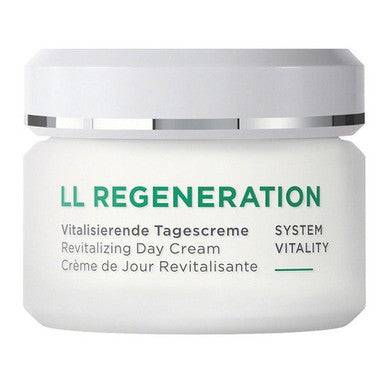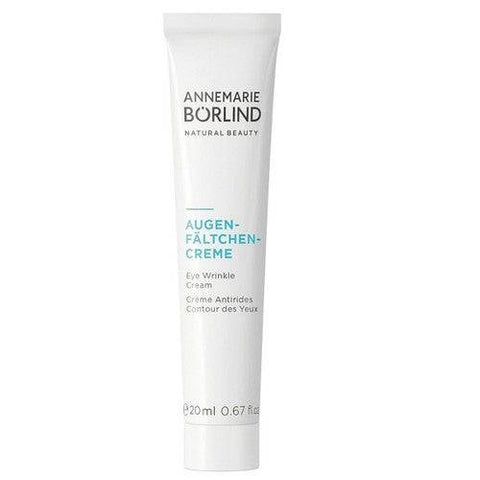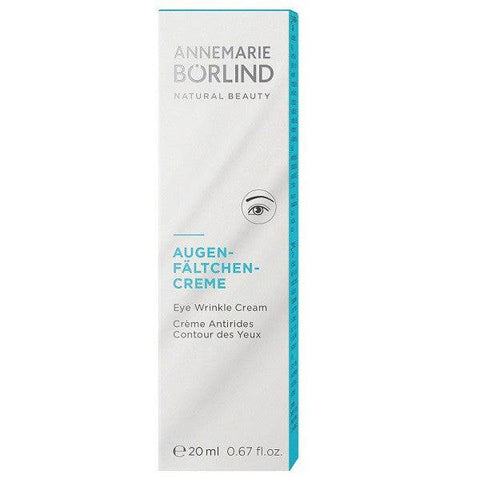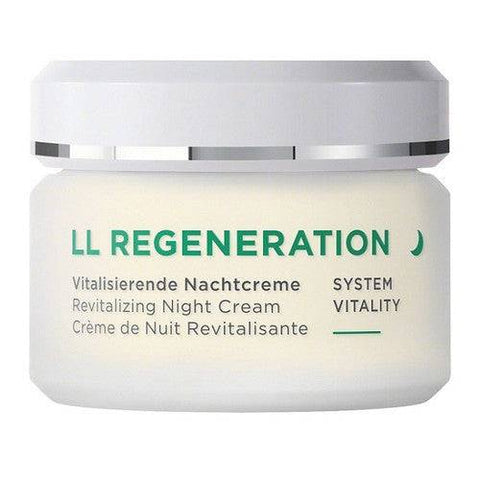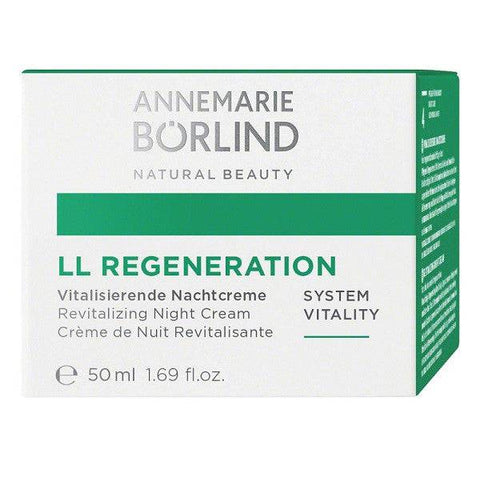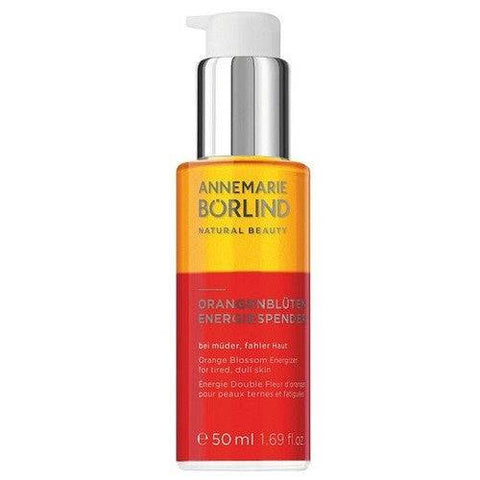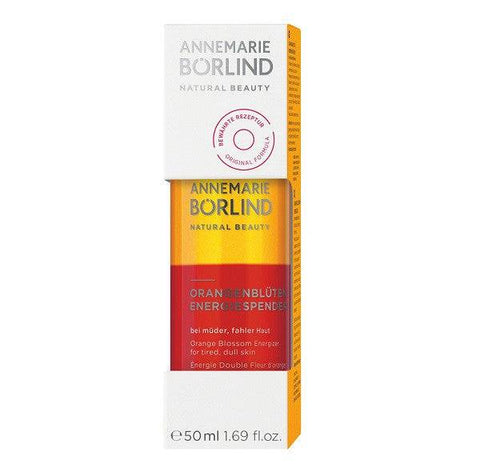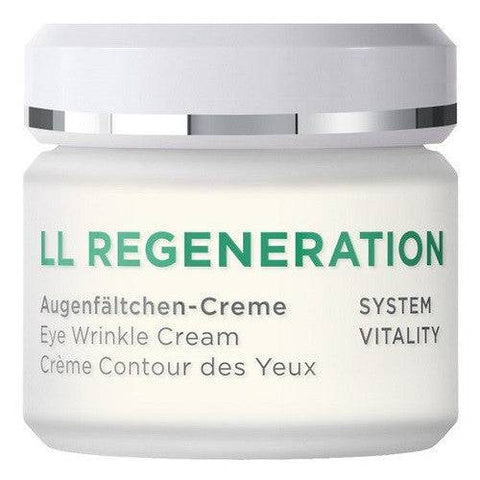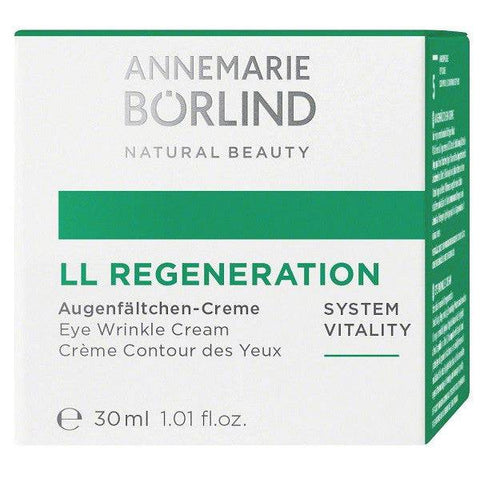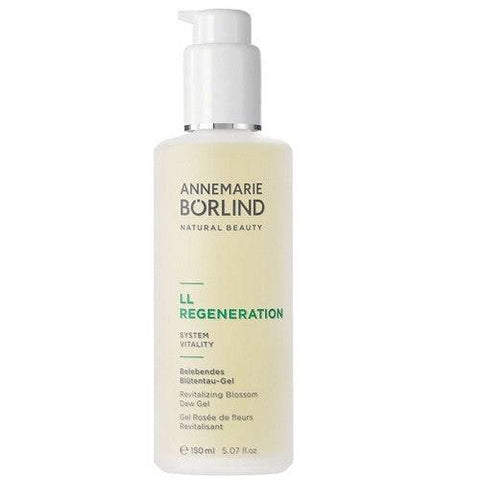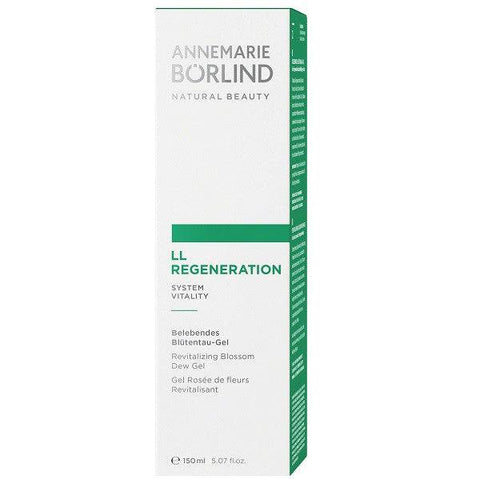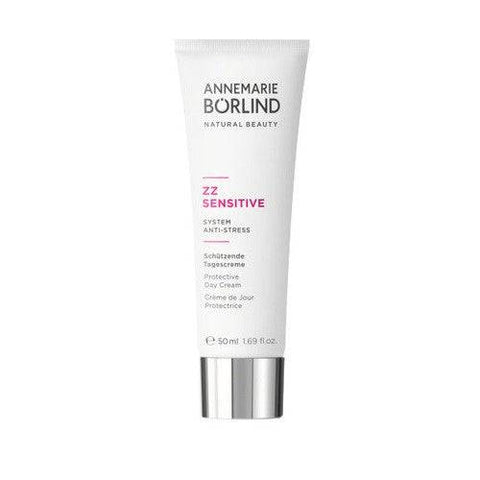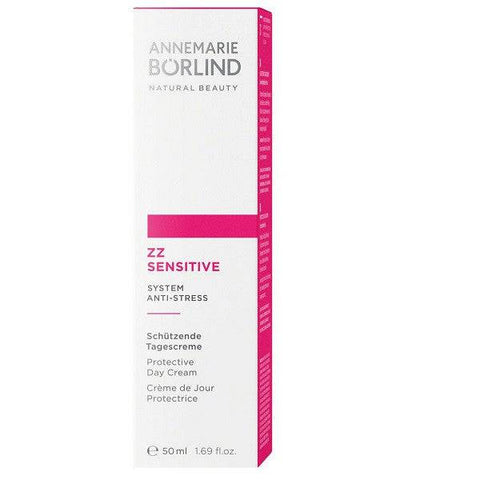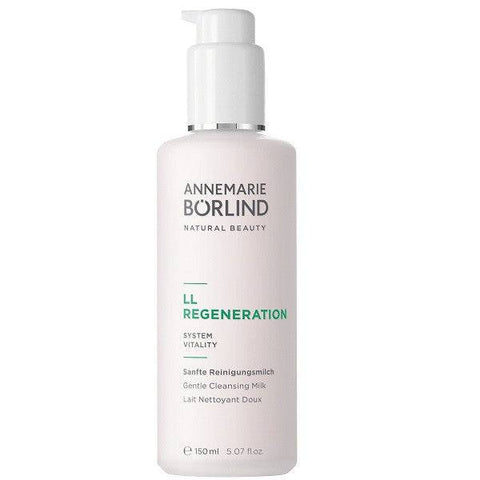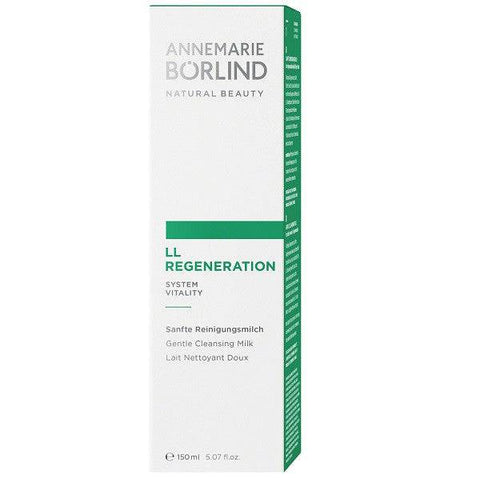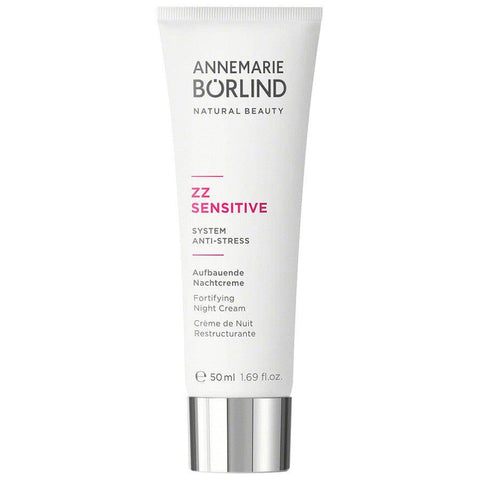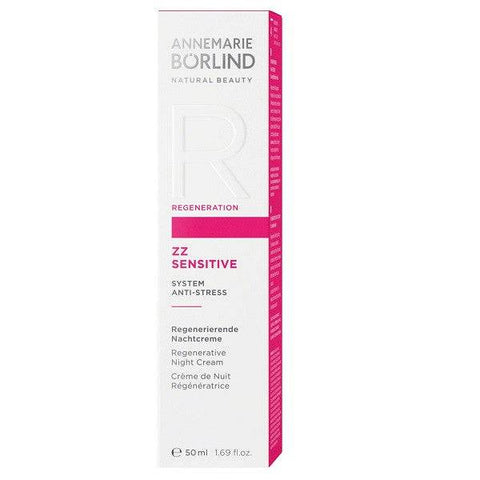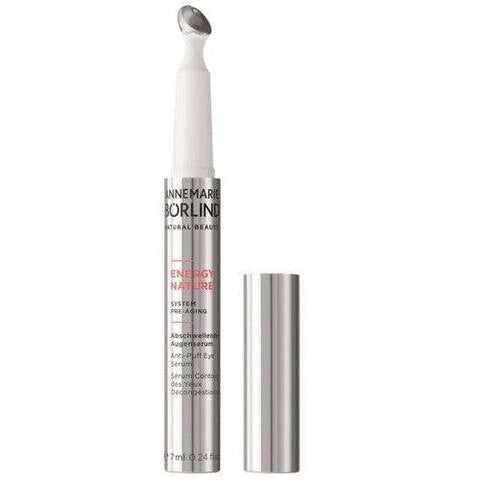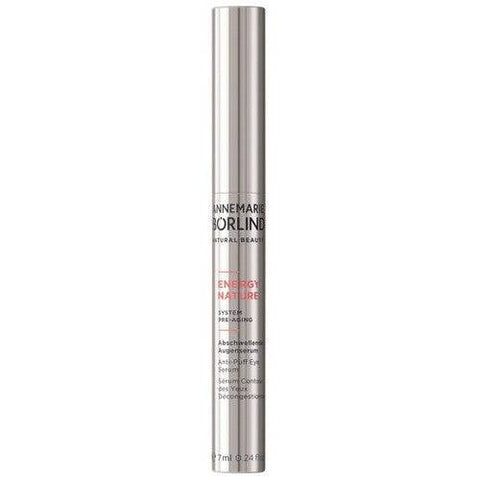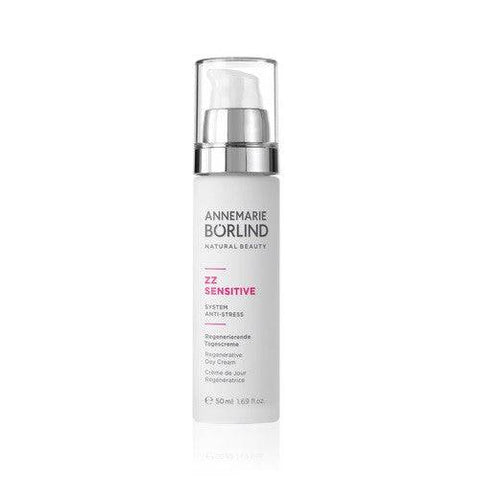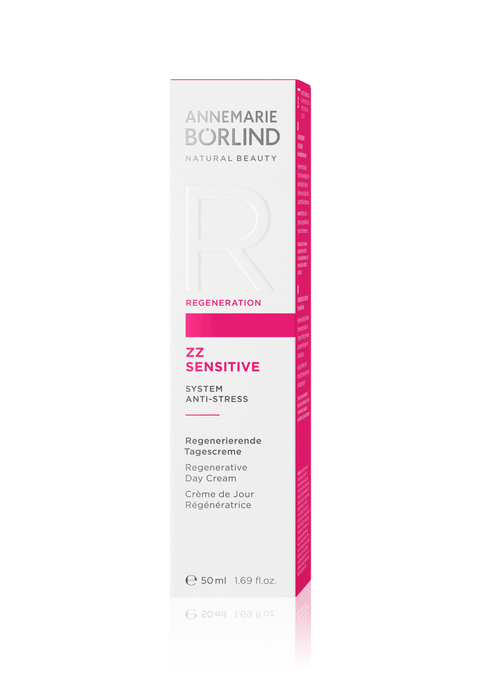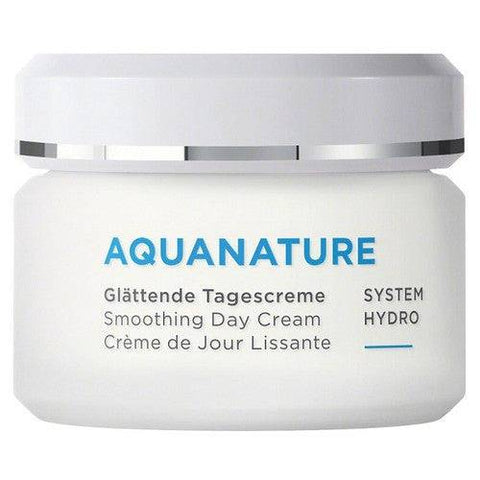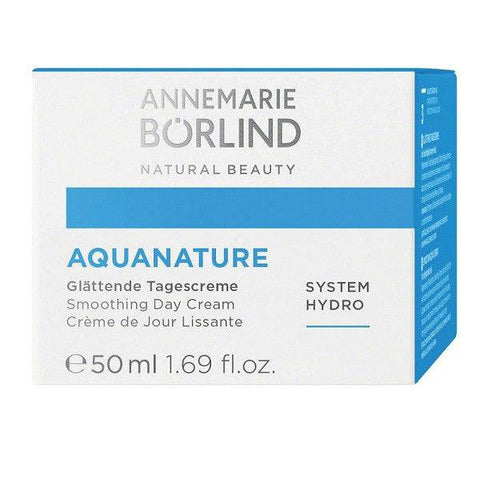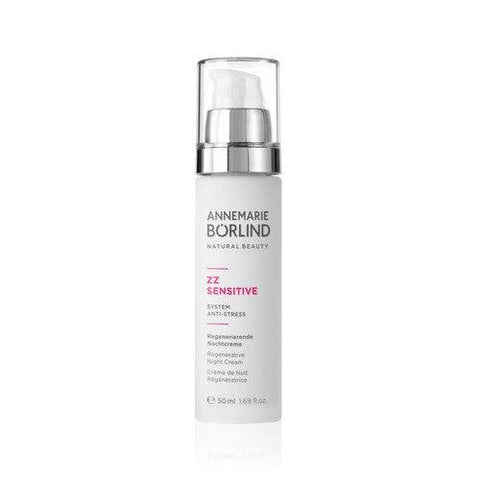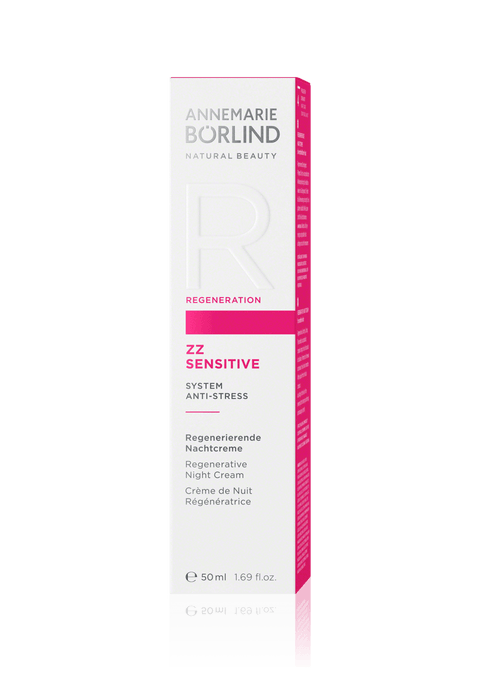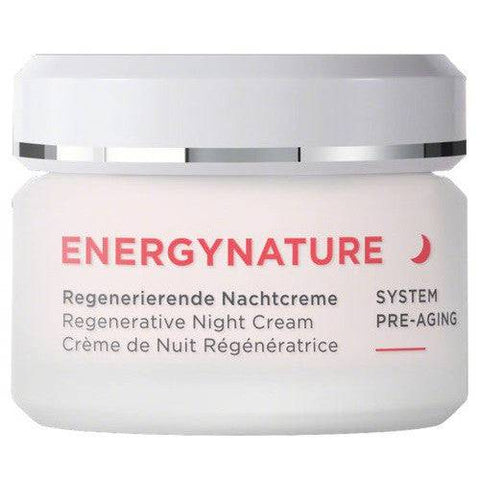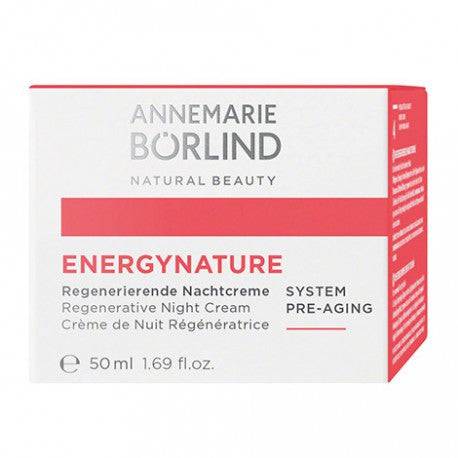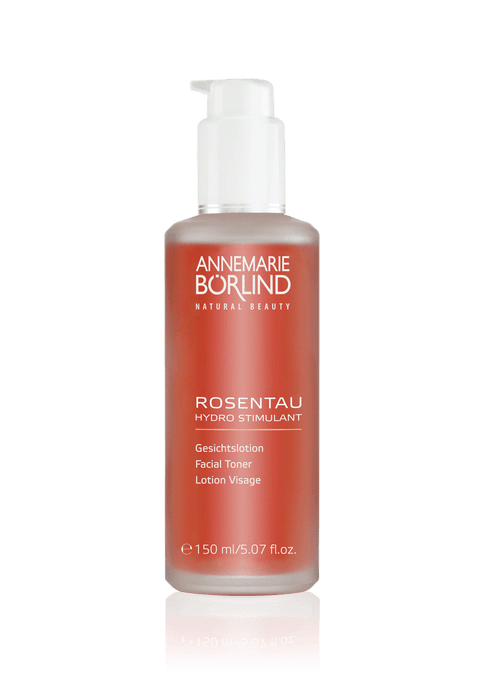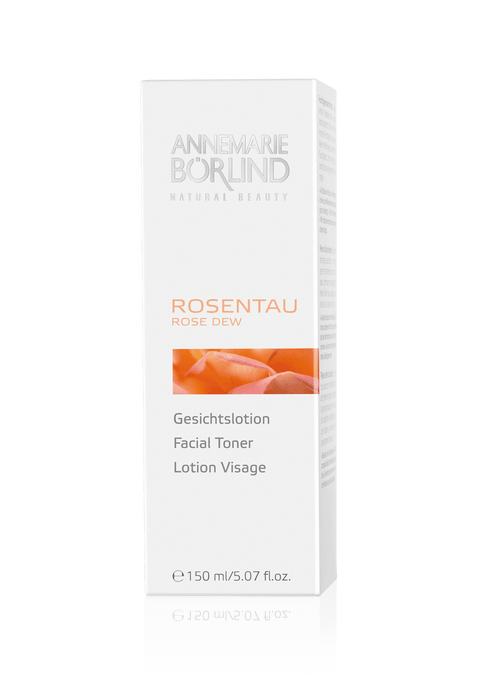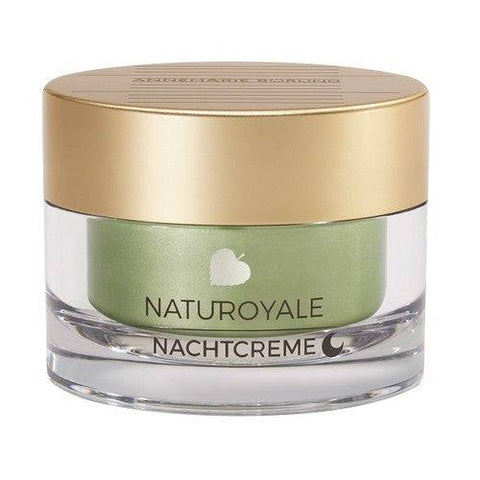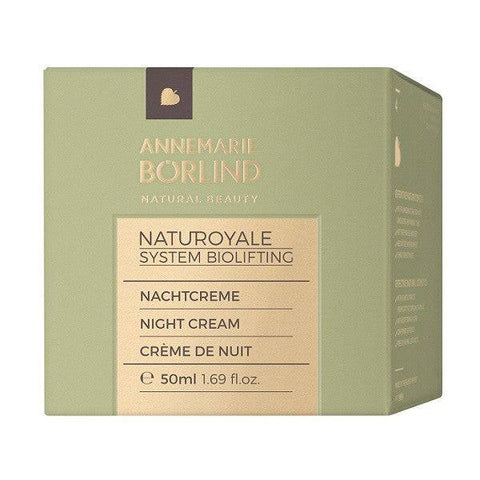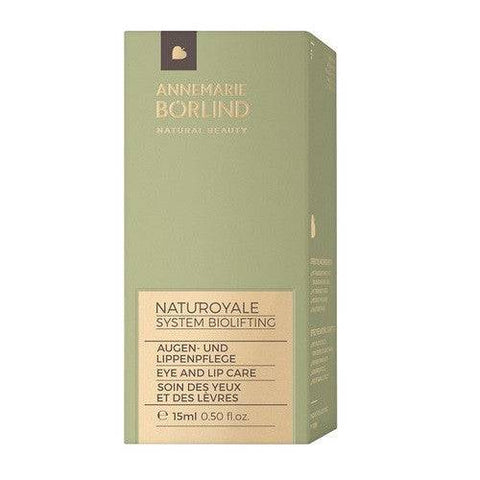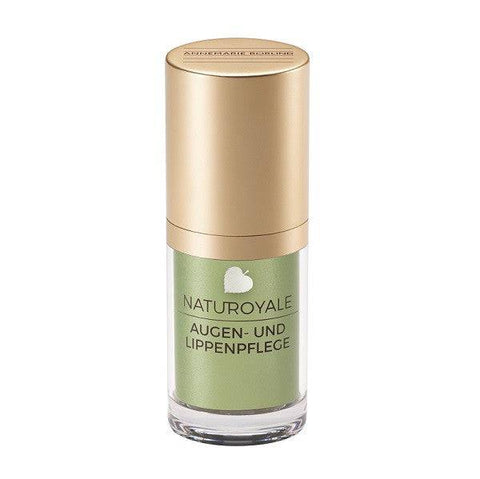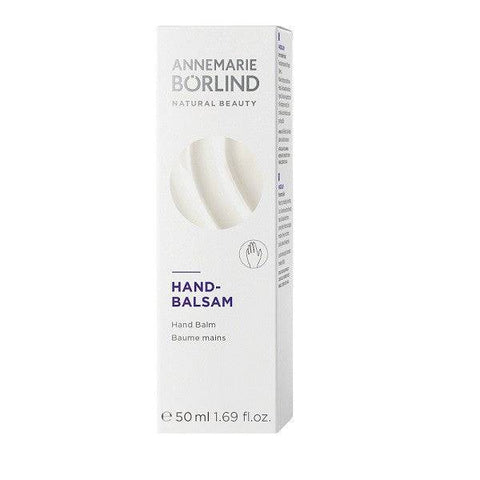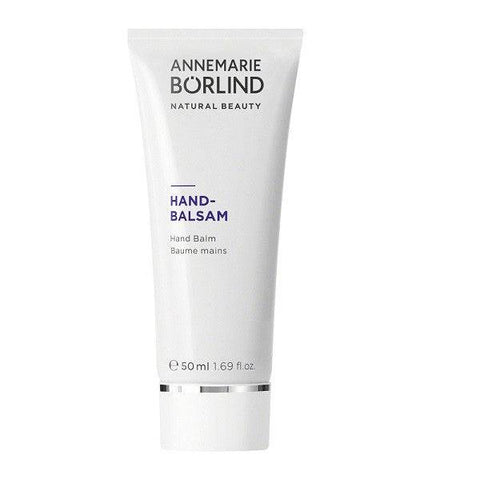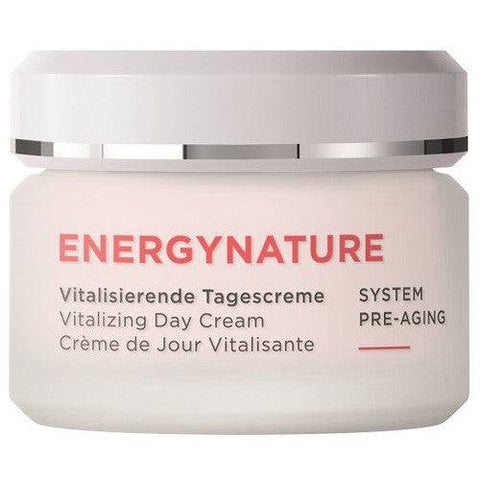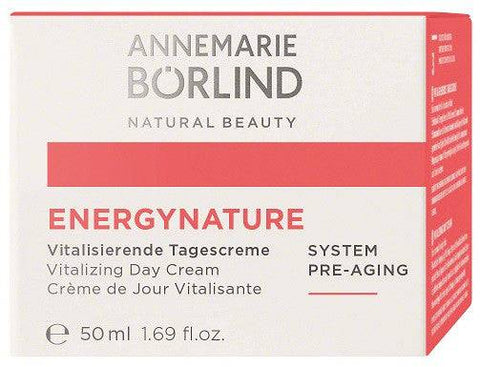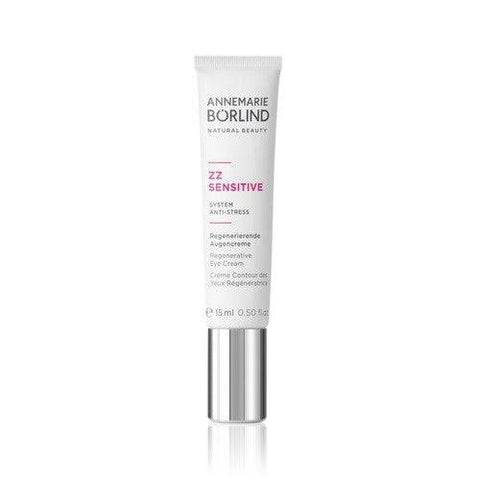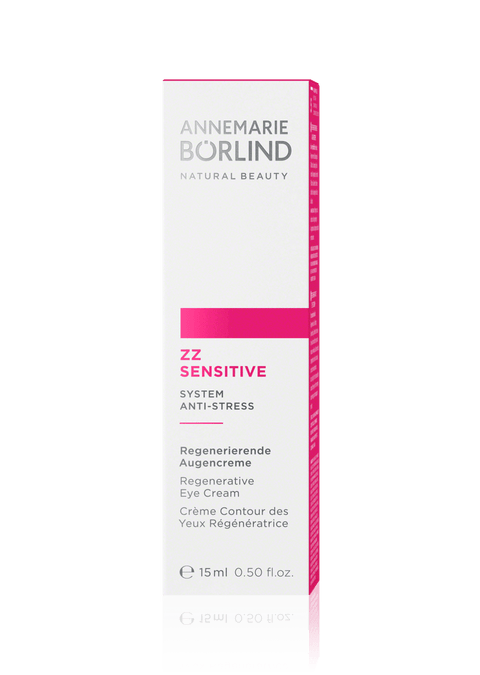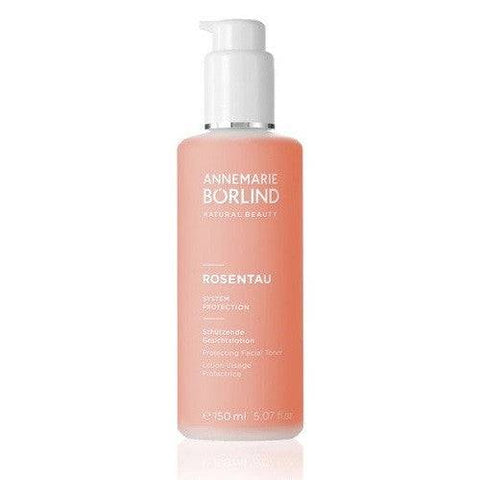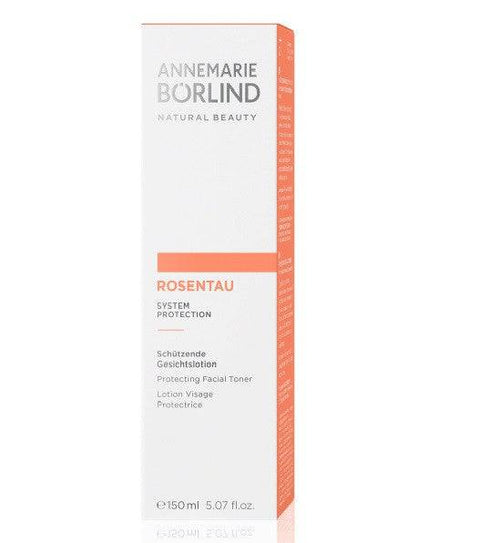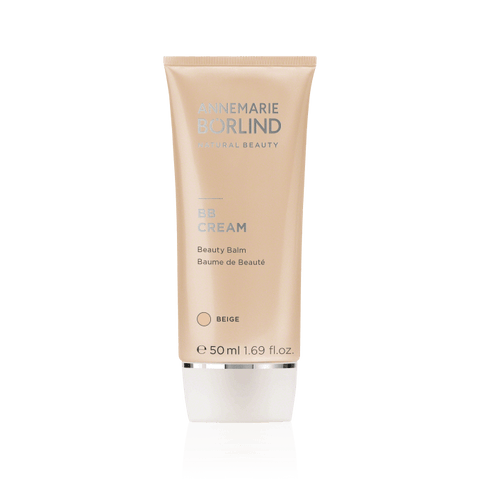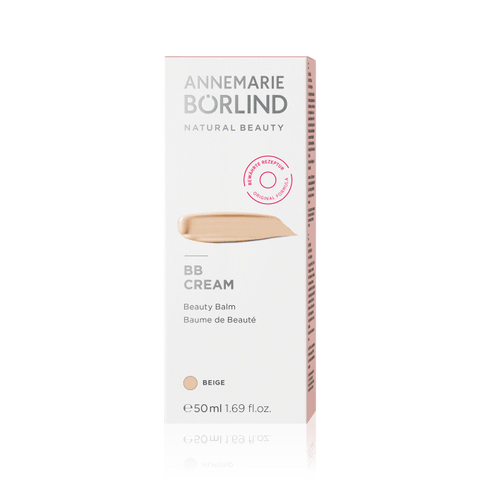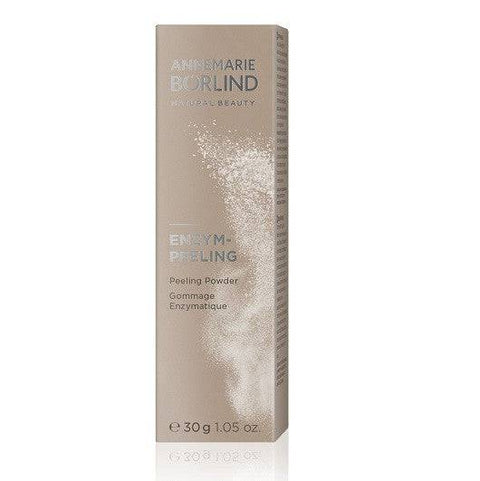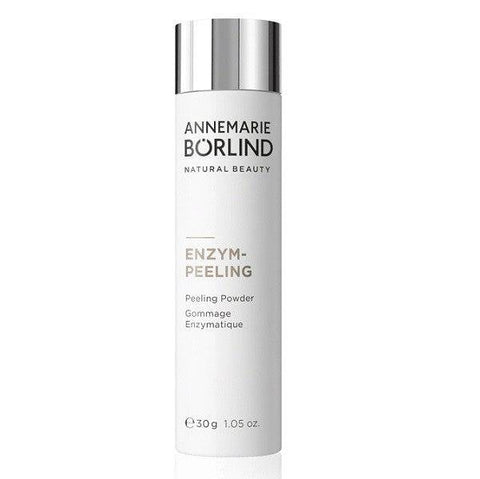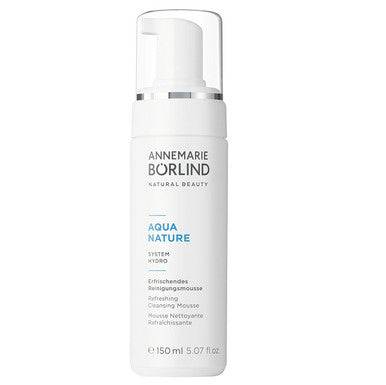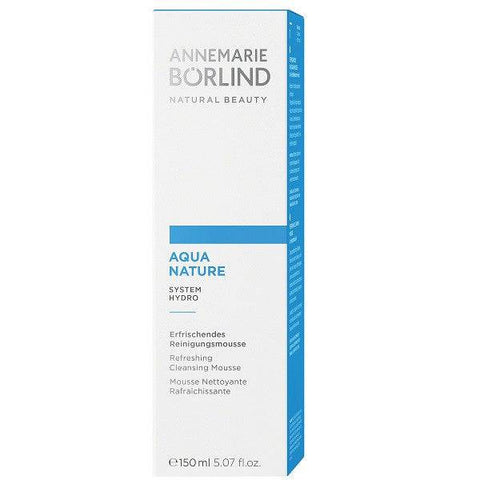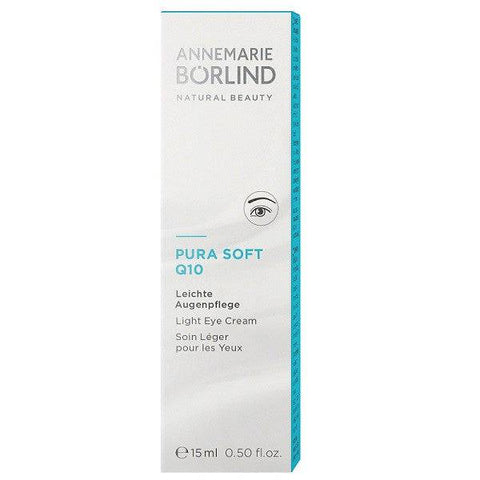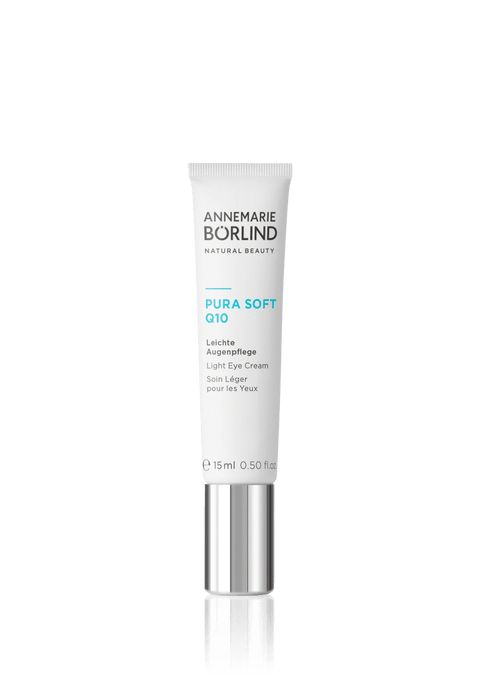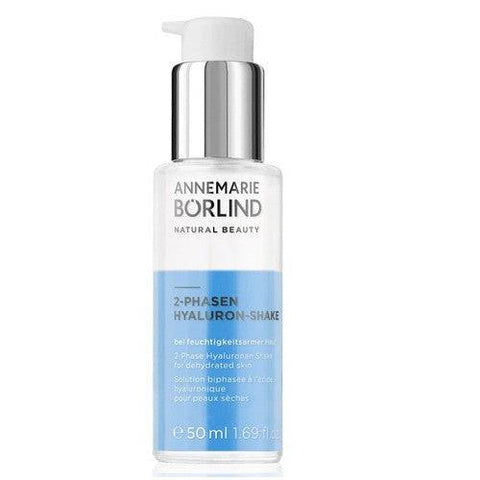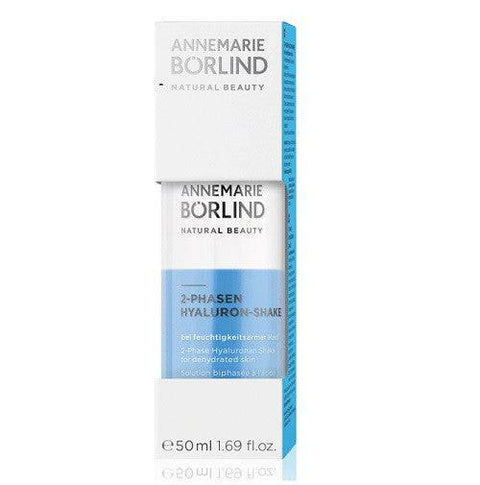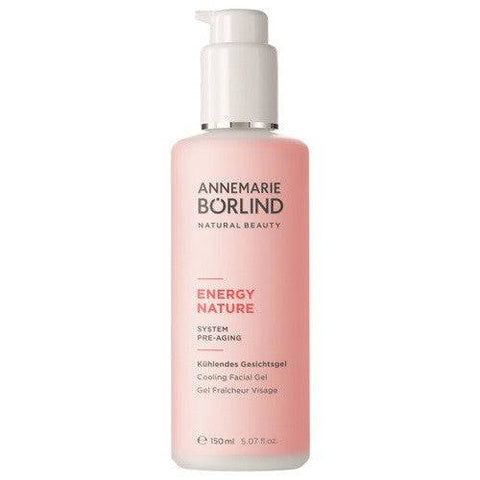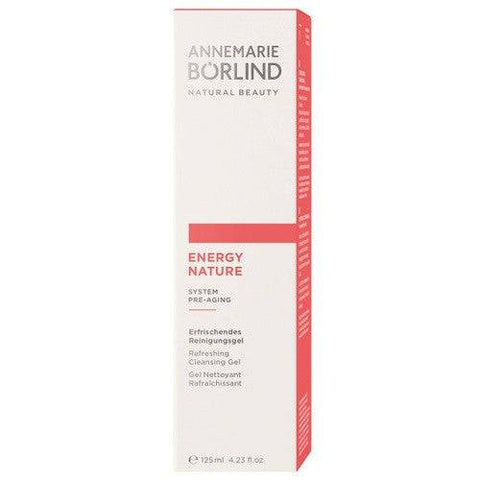Annemarie Borlind NatuRoyale System Biolifting Day Cream 50 ml
- Canada 1-10 business days after your order leaves the warehouse and is dependent on your region.
- United States 4-14 business days after your order leaves our warehouse.
For more info, visit our shipping page.
It is important to us that you are satisfied with the items you receive. We now provide refunds for products that are returned within 60 days of the order date. *
* Exceptions apply. Please review product return exceptions and guidelines
Annemarie Borlind NatuRoyale System Biolifting Day Cream
Biolifting complex with white truffle supplies skin with moisture and activates the cell regeneration process. It may help prevent new wrinkles and lines.* Paracress extract fortifies the collagen network and when used regularly, evens out wrinkles for the long term. For fresher, smoother and tighter skin with a new, youthful glow.*
Features:
- Efficacy and skin-compatibility scientifically confirmed.
- Free of mineral oil derivatives.
- Vegetarian.*
Recommended Use:
After cleansing and applying NATUROYALE SERUM in the morning, gently apply to your face, throat and decollete.
*Disclaimer
These statements have not been evaluated by Health Canada or the FDA. This product is not intended to diagnose, treat, cure, or prevent any disease.
Ingredients:
-
AQUA [WATER]
- Deep spring water. Water from the red sandstone strata of the northern Black Forest in Germany. It is obtained from our own well at a depth of 165 meters, and is unchlorinated and naturally pure. Its function is to moisturize the surface of the skin and to act as a solvent for water-soluble ingredients and plant extracts.
-
CAPRYLYL CAPRYLATE/CAPRATE
- A fatty acid ester. A very light oil component of plant origin that offers good spreadability and does not leave the skin feeling greasy.
-
SQUALANE
- Squalane. An oil component of plant origin similar to the squalene in the skin and therefore particularly well absorbed. Makes the skin feel soft, silky, but not greasy, and is very skin-compatible.
-
DECYL COCOATE
- A fatty acid ester. An oil component obtained from coconut oil that makes the skin feel light and does not leave behind an oily shine on the skin.
-
CERA ALBA [BEESWAX]
- Beeswax. Protects the skin from drying out. A thickening agent.
-
GLYCERIN
- Glycerin. A component of all fats and oils. Glycerin has a moisturizing effect. For BÖRLIND, it is derived solely from vegetable oil.
-
CAPRYLIC/CAPRIC TRIGLYCERIDE
- A neutral vegetable oil. Obtained from the coconut (the fruit of the coconut palm). The oil has a long shelf life and offers exceptional skin-compatibility. It is rapidly absorbed and does not leave behind an oily shine on the skin.
-
SIMMONDSIA CHINENSIS SEED OIL [JOJOBA]
- Jojoba oil. A liquid wax from the seeds of the jojoba shrub. Cares for the skin, smooths, protects, and maintains the skin’s moisture. It is rapidly absorbed without making the skin look greasy. It is also very resistant to oxidation and offers a slight level of natural protection against light.
-
MACADAMIA TERNIFOLIA SEED OIL
- Macadamia nut oil. The fatty acid makeup of this oil is very similar to that of human sebum. Ideal for dry and sensitive skin. Has a caring, smoothing and regenerating effect, and is rapidly absorbed.
-
SORBITOL
- Sorbitol. A natural sugar alcohol of plant origin that occurs naturally in many fruits. Also used in foodstuffs. Has a moisturizing and moisture-retaining effect.
-
DISTARCH PHOSPHATE
- Modified corn starch. Binds moisture and makes cosmetic products feel pleasantly light and powdery on the skin.
-
CETYL PALMITATE
- Cetyl palmitate. A fatty component of plant origin. A thickening agent. Cares for the skin.
-
POLYGLYCERYL-3 POLYRICINOLEATE
- An emulsifier from regrowing raw plant materials, including plant glycerin and vegetable fat.
-
SORBITAN OLEATE
- An emulsifier from regrowing raw materials: a compound of sorbitol (a natural sugar alcohol of plant origin with a moisturizing and moisture-retaining effect) and plant fatty acids from vegetable oil. Binds oil and water. Cares for and moisturizes the skin.
-
PRUNUS ARMENIACA KERNEL OIL [APRICOT]
- Apricot kernel oil. Cares for and smooths the skin.
-
AROMA [FRAGRANCE]
- Essential oils, distillates, perfume, fragrances, and aromatic substances. The collective term for everything that contains fragrances: from an individual essential oil through to perfume compositions made up of many different fragrances.
-
BENZYL ALCOHOL
- Benzyl alcohol. A declarable fragrance contained in perfume compositions, and a preservative.
-
LECITHIN
- Lecithin. A substance similar to fat, with emulsifying properties. Can be found in vegetable oils from which it is derived. It cares for the skin and hair, and improves combability. Special lecithins can be made into liposomes in which active ingredients can be encapsulated and protected, improving their bioavailability when applied to the skin.
-
ALUMINUM/MAGNESIUM HYDROXIDE STEARATE
- Aluminum/magnesium hydroxide stearate. A reaction product of aluminum/magnesium hydroxide (used in pharmacy as a remedy for heartburn) with stearic acid (from vegetable oils). It is an auxiliary substance that helps to stabilize water-in-oil emulsions.
-
TOCOPHERYL ACETATE
- Tocopheryl acetate/provitamin E. A more stable form of vitamin E. When it is applied to the skin, it becomes vitamin E by enzymatic conversion, and then takes its antioxidant effect.
-
MAGNESIUM SULFATE
- Magnesium sulfate/Epsom salts. Stabilizes emulsions.
-
RETINYL PALMITATE
- Vitamin A palmitate. Has a regenerating, anti-aging, anti-acne, wound-healing and skin-refining effect. In contrast to other forms of vitamin A (e.g. retinol), it is very skin-compatible.
-
PANTHENYL ETHYL ETHER
- Panthenol and ethanol. An oil-soluble form of panthenol that is used in lipsticks, for example. Converts to pantothenic acid/vitamin B5 on the skin. It binds moisture and has a regenerating effect, and therefore wound-healing properties.
-
POTASSIUM SORBATE
- Potassium sorbate. A nature-identical preservative. It occurs naturally in the unripe fruits of the rowan.
-
MAGNESIUM ASCORBYL PHOSPHATE
- A stabilized form of vitamin C. As we know from foodstuffs, vitamin C (ascorbic acid) is sensitive to increased temperatures and UV radiation. For cosmetics, this means that, after being stored for a while, its levels would drop enormously and its antioxidant, anti-aging effect would be severely reduced. This is why this stabilized form of the vitamin is used: on the skin, the magnesium is broken down by enzymes and the vitamin C becomes bioavailable.
-
GLYCINE SOJA OIL [SOYBEAN]
- Soybean oil. A vegetable oil that cares for the skin and makes it supple.
-
CAPRYLHYDROXAMIC ACID
- A chelating agent. Stabilizes emulsions.
-
SODIUM PCA
- Sodium salt of pyrrolidone carboxylic acid (PCA). Has a moisturizing effect. PCA is the main component of the natural moisturizing factors (NMFs) in the skin’s corneous layer.
-
ALOE BARBADENSIS LEAF JUICE POWDER
- Aloe vera from organic farming. 100 kg of juice yields 0.5 kg of spray-dried aloe powder. The powder does not need to be preserved. Moisturizes and soothes the skin.
-
SPILANTHES ACMELLA FLOWER EXTRACT
- Extract from the flowers of paracress (an African herb). An anti-aging ingredient: stimulates the cell dynamics of the skin and remodels the skin’s structure (counteracts wrinkles, firms, improves skin elasticity).
-
LINALOOL
- A fragrance. A declarable fragrance contained in perfume compositions.
-
TREMELLA FUCIFORMIS SPOROCARP EXTRACT [HYALURONIC ACID]
- Extract of tremella fuciformis, also known as “snow fungus”. A medicinal and edible fungus well-known in Japan and China. The chemical structure of this extract is very similar to that of hyaluronic acid. It has the same cosmetic moisturizing and smoothing effect, but feels more pleasant on the skin.
-
BENZYL SALICYLATE
- Benzyl salicylate. A declarable fragrance contained in perfume compositions.
-
HEXYL CINNAMAL
- A fragrance. A declarable fragrance contained in perfume compositions.
-
CITRONELLOL
- A fragrance. A declarable fragrance contained in perfume compositions.
-
LIMONENE
- A fragrance. A declarable fragrance contained in perfume compositions.
-
GERANIOL
- A fragrance. A declarable fragrance contained in perfume compositions.
-
TOCOPHEROL
- Vitamin E. Can be found in many vegetable oils. As an antioxidant it prevents these from becoming rancid. It also stabilizes cosmetics and protects the skin against free radicals induced by UV radiation, for example, thus forestalling premature, environment-related skin aging.
-
TUBER MAGNATUM EXTRACT
- Extract of the white Alba truffle, also known as “Piedmont truffle”. Rich in valuable amino acids and minerals.
-
LYCOPENE [TOMATO]
- Lycopene. A carotenoid, natural antioxidant and natural red coloring.
-
PANCRATIUM MARITIMUM EXTRACT
- Extract of white sand lily. Greenhouse-cultivated, since the natural stocks in Crete are a protected species. The extract helps to prevent and reduce pigmentation marks (“age spots”).
-
ASCORBYL PALMITATE
- Fat-soluble form of vitamin C. This fat-soluble form of vitamin C is more light- and temperature-resistant, and is converted into free vitamin C in the skin. It has an antioxidant effect, counteracts skin aging caused by free radicals and prevents emulsions from becoming rancid.
-
BENZYL BENZOATE
- Benzyl benzoate. A declarable fragrance contained in perfume compositions.
-
ROSMARINUS OFFICINALIS LEAF EXTRACT [ROSEMARY]
- Rosemary extract from organic farming. Has antioxidant and stimulating properties. Protects the skin. Its antioxidant effect also helps to prevent valuable vegetable oils from becoming rancid.
-
HELIANTHUS ANNUUS SEED OIL [SUNFLOWER]
- Sunflower oil from organic farming. A carrier oil with good skin-compatibility. Smooths and cares for the skin and hair.
-
HYDROGENATED PALM GLYCERIDES CITRATE
- An emulsifier from regrowing raw materials: plant glycerin and vegetable fat plus citric acid. Binds oil and water. Cares for the skin.
*The declaration on the packaging prevails.
Listing the ingredients in accordance with INCI (the International Nomenclature of Cosmetic Ingredients) allows a uniform, language-independent declaration of ingredients throughout Europe. Please see the list above for an explanation of the INCIs.

